The technology is gaining ground but consumer acceptance of gene-edited seafood remains to be seen
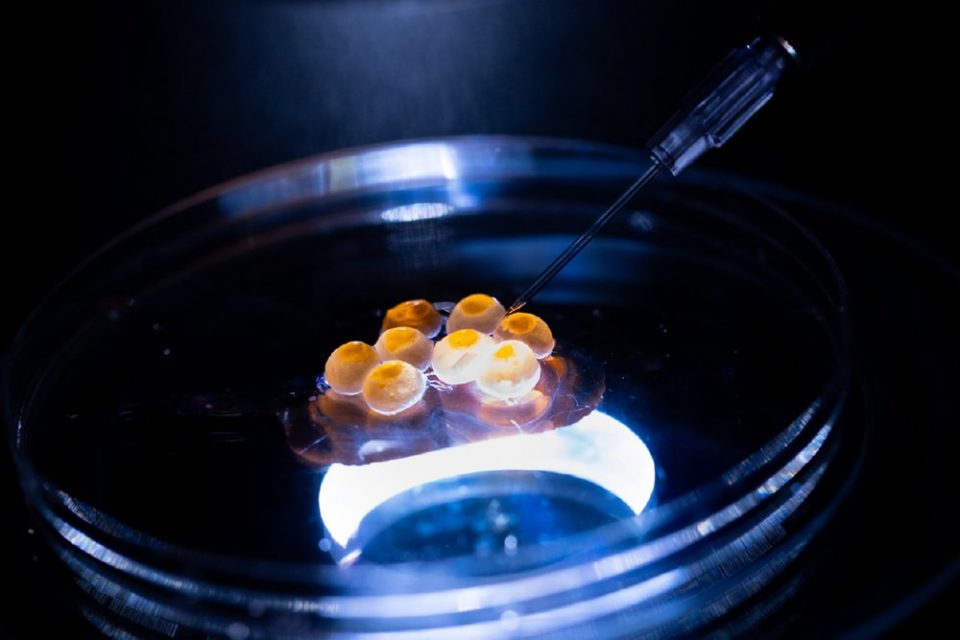
In 2021, a new variety of red sea bream hit markets in Japan, the result of a trial by the Regional Fish Institute in Kyoto. It was the continuation of research published in 2018, when scientists at Kyoto and Kindai Universities manipulated fertilized fish eggs to knock out the myostatin gene that restricts muscle growth. With a meat content of around 1.2 to 1.6 times that of conventional sea bream, the new line of fish could be a huge boost for farmers, who would be able to grow meatier animals using less feed.
Japan’s work involves a genome-editing technology called Clustered Regularly Interspaced Short Palindromic Repeats, or CRISPR, which modifies genes by snipping out or adding in new segments of DNA. In aquaculture, CRISPR is being used to produce lines of fish boasting targeted traits such as disease resistance and fast growth.
“CRISPR is part of an immune-defense mechanism that bacteria use to defend against viruses,” Professor Ximing Guo at Rutgers University in New Brunswick, N.J., told the Advocate. “The bacteria contain enzymes, such as Cas-9, that can cut DNA at specific positions. For genome editing, a guide-RNA is also required to guide the Cas-9 enzyme so it can cut the DNA in the region you want and create a mutation that would either knock out a particular gene or replace that gene with a new, more effective copy.”
Guo breeds oysters for resistance against the diseases MSX and Dermo, which have devastated oyster fisheries along the U.S. Atlantic coast and in Maritime Canada. Going forward, he and his team are interested in using CRISPR to study gene function and possibly knock out the myostatin gene in scallops to produce bigger, meatier adductor muscles.
Guo says that Japan’s work is a solid example of how CRISPR can transform the genetic improvement of aquaculture species.
“It’s a very effective way of producing fish with more edible flesh while feeding them the conventional amount of feed, and it could potentially help to lower production costs or make production more effective,” he said. “It may be important to test the fish, however, to ensure that there is no significant impact on nutrient content and meat quality and demonstrate this to the public. If you are producing a type of fish that is more muscular, what would be the effect on nutrient content and how would that impact consumers? This needs to be made clear.”
Genome editing refers to technologies used to change an organism’s genetic code. This can involve adding, removing and even slightly changing the sequence of an organism’s DNA. Effects of this can range from increasing, reducing or stopping a gene’s activity to introducing new genes altogether.
Dr. Tim Regan of the Roslin Institute, University of Edinburgh (UK), says that genome editing can be done in a very precise way to produce animals that are indistinguishable from those bred by conventional means, and without relying on chance to produce a desired trait.
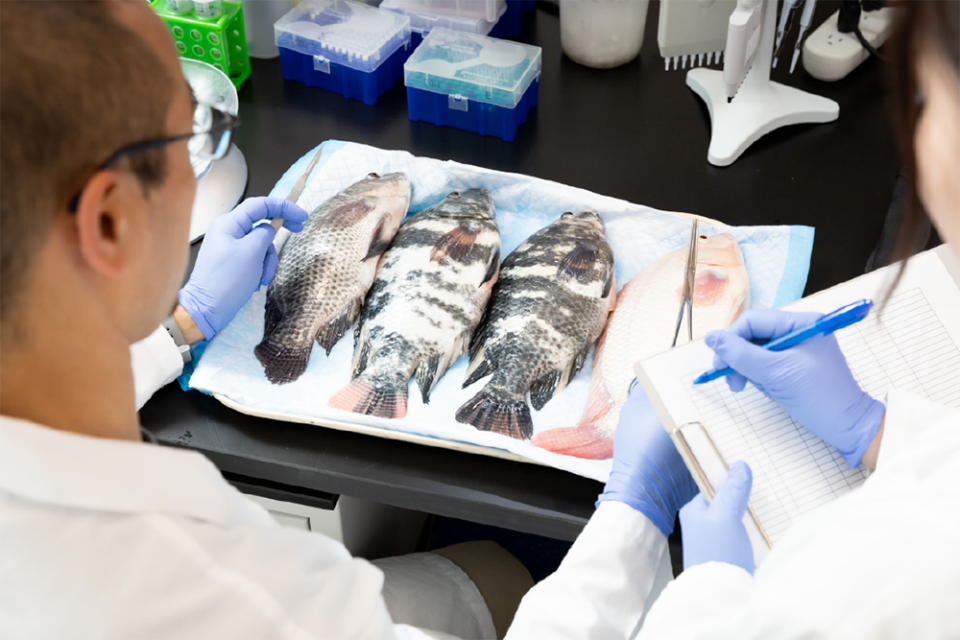
Genome editing is regarded differently than genetic manipulation, such as transgenesis, which enables the addition of genetic material that is foreign to an organism; for example, adding a gene from a different species to enable disease resistance, better feed conversion efficiency or faster growth. Improving these traits can reduce time to market, overall food consumption and disease treatments, all of which lower the cost of production and increase efficiency in aquaculture.
“Genome editing can improve the sustainability of aquaculture in many ways, and the red sea bream in Japan is one such example,” said Regan. “Myostatin is a negative regulator of muscle growth, so removing this gene or reducing its activity will increase muscle mass, weight and fillet yield. To date, this has been successfully achieved by genome editing in red sea bream, tiger puffer and Nile tilapia. Due to current regulations surrounding these technologies, I am unsure about the commercial impact these achievements have had on aquaculture, but the potential is obviously huge.”
Yet the commercial success of genome-edited species could hinge on public acceptance. Concerns remain over food and environmental safety risks, why such a species was reared and producers’ objectives, all of which can impact the acceptability of genome-edited seafood. Meanwhile, some consumers may simply not want to eat such seafood, even if it is safe and good for the environment, says Guo. He believes that aquaculture must be transparent in its research and openly address any safety and environmental concerns.
Dr. Alan Tinch, a geneticist at The Center for Aquaculture Technologies (CAT) in San Diego, Calif., agrees. Tinch and his colleagues are working with more than 15 fish breeders and producers around the world to develop customized breeding programs for established and emerging species, from Atlantic salmon to shrimp and oysters. Each program involves selecting for traits specific to each species to improve efficiency, growth, health and welfare using panels of genetic markers. CAT is researching genome editing to make simple, targeted changes within a species to improve traits that are conventionally difficult to improve. Future populations will carry these edited genes and exhibit the desired trait.
“At CAT, we have developed the technology to deliver genome editing in performance traits combined with edits that make the resulting fish infertile, for example,” said Tinch. “This prevents any fish that may escape from a farm from interbreeding with wild counterparts, improving the sustainability of fish farming and addressing public concerns about the effect of novel gene variants in wild populations.”
But are we ready for this type of genetic manipulation in our seafood?
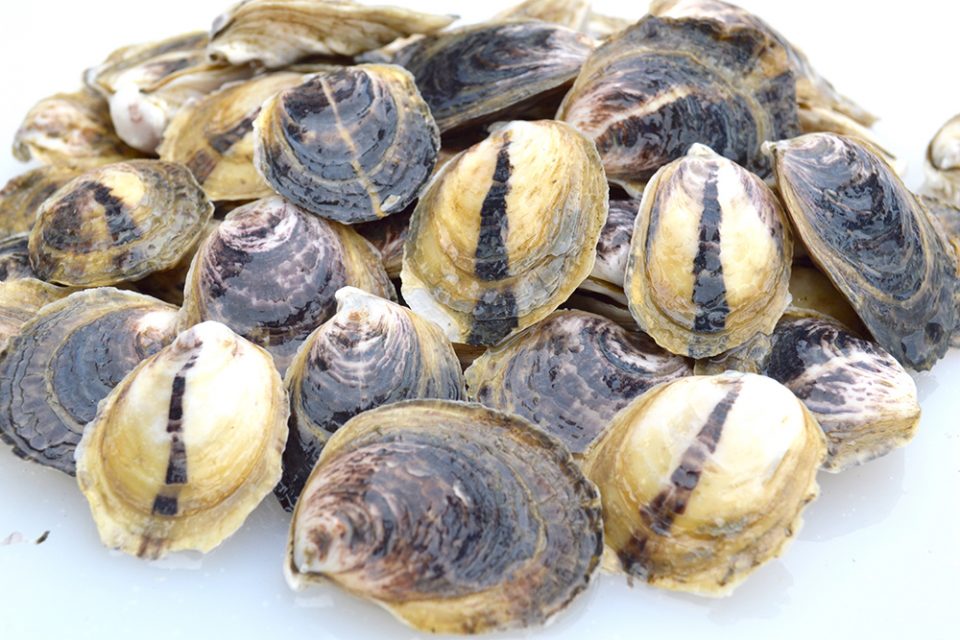
“Consumers are not wrong to be wary of new technologies used in their food, but the fears I’ve heard of are based on misunderstanding the technology, so further engagement and publishing of reports is crucial to keep the public informed and up-to-date,” said Regan.
“Aquaculture needs to explain things in practical terms. Why do we need this technology? What is the right thing to do?” said Tinch. “We must help people understand that we are doing something to make a difference. We must have an environment where consumers find the outcomes acceptable and legislation allows us to use the technology. We need to make sure that the welfare of animals is optimal and breed sustainably using technologies that enable high health and welfare and use infertility to prevent the release of new gene variants into the wild. We should see genome editing as a means of managing animal populations to control health and other characteristics and explain clearly why we are doing this.”
Today, researchers are mindful of the challenges. Genome editing is complicated, expensive and requires great skill. Selecting a trait to enhance or edit is one thing, but knowing which genetic sequences are responsible for a given trait can take a long time and cost a lot of money. But as the example in Japan shows, improving specific traits may result in a variety of seafood that not only makes aquaculture more sustainable but also satisfies consumers.
“The Japanese work is an interesting example of a gene that has been changed to produce higher yields,” said Tinch. “It brings something quickly identifiable to the market, which benefits both farmer and consumer, and there is more meat available for sale per fish, which is a huge economic and sustainability advantage.”
Follow the Advocate on Twitter @GSA_Advocate
Now that you've reached the end of the article ...
… please consider supporting GSA’s mission to advance responsible seafood practices through education, advocacy and third-party assurances. The Advocate aims to document the evolution of responsible seafood practices and share the expansive knowledge of our vast network of contributors.
By becoming a Global Seafood Alliance member, you’re ensuring that all of the pre-competitive work we do through member benefits, resources and events can continue. Individual membership costs just $50 a year.
Not a GSA member? Join us.
Author
-

Bonnie Waycott
Correspondent Bonnie Waycott became interested in marine life after learning to snorkel on the Sea of Japan coast near her mother’s hometown. She specializes in aquaculture and fisheries with a particular focus on Japan, and has a keen interest in Tohoku’s aquaculture recovery following the 2011 Great East Japan Earthquake and Tsunami.
Tagged With
Related Posts
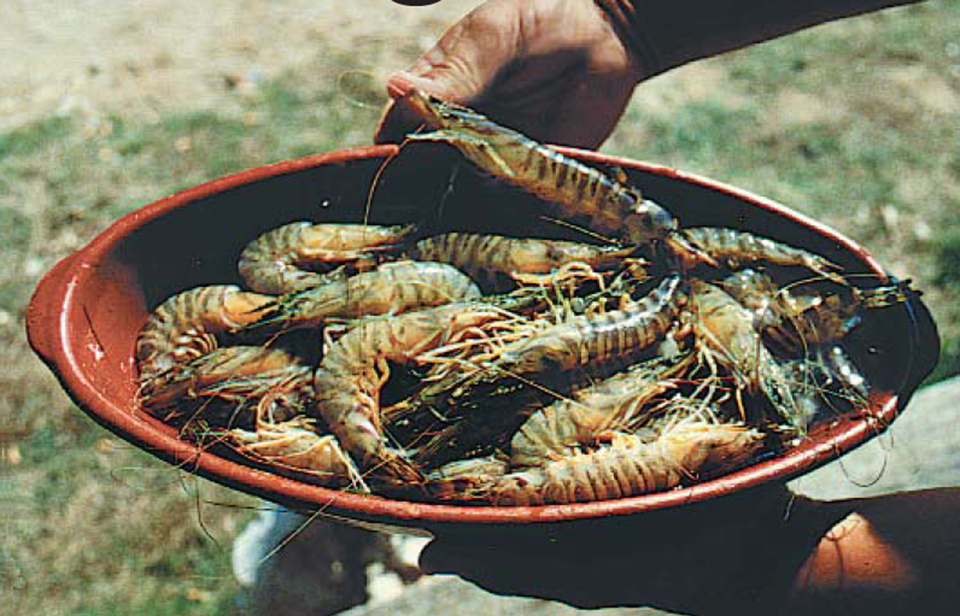
Intelligence
Farming kuruma shrimp in Japan
Kuruma shrimp (Penaeus japonicus) are produced on a small scale. This species can tolerate transportation over long distances and without water.
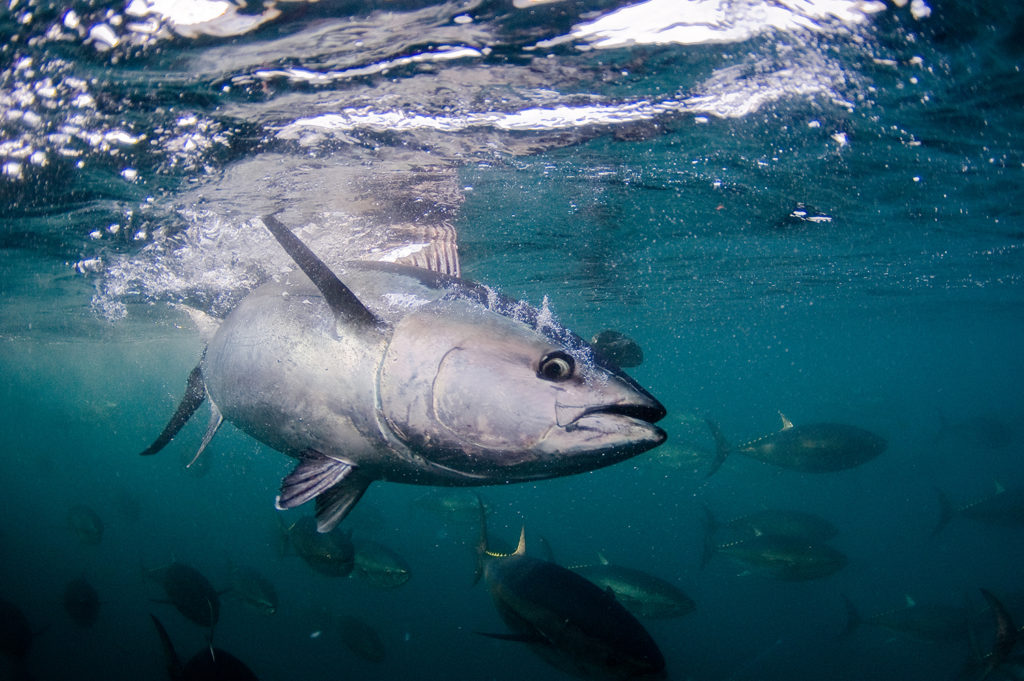
Innovation & Investment
Japan hopes aquaculture can save bluefin tuna
Bluefin tuna may be the most prized fish in the ocean. If hon-maguro sashimi is to remain chic, closed-cycle aquaculture may help keep it on menus.
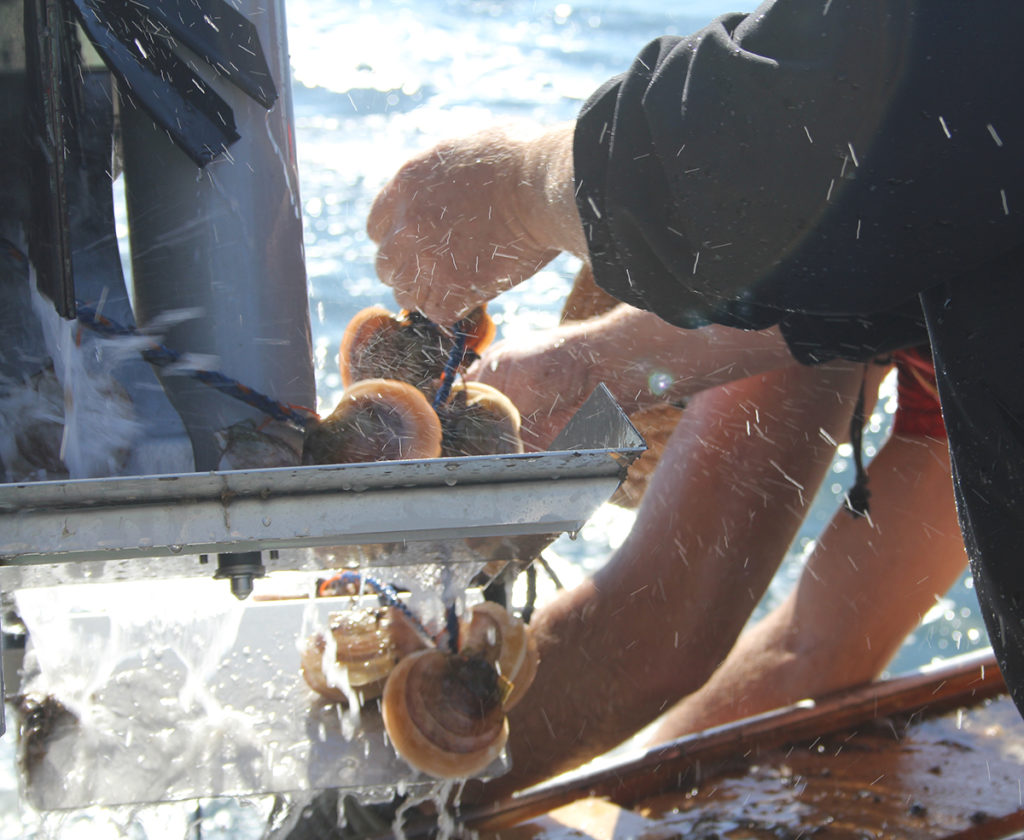
Intelligence
Maine shellfish farmers gaining confidence with scallops
A sister state agreement with Aomori Prefecture in northern Japan helps growers in Maine establish semi-automated commercial operations.
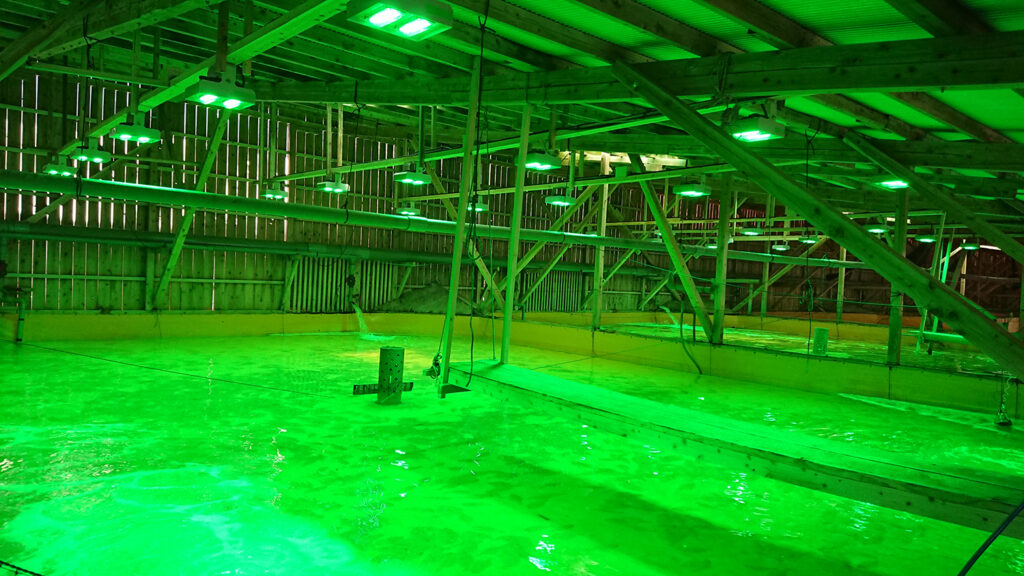
Intelligence
Green-lighting growth: Green LED light shows promise in flounder farming
Japanese researchers say that deploying green LED light above flounder grow-out tanks encourages rapid growth and feed intake among the fish.


